|
Qizhjeh Vena (now known as Lake Clark) is the largest lake located in Lake Clark National Park and Preserve in southwest Alaska. The most populuated town on Lake Clark today is Port Alsworth (60°11.842N, 154°19.357W). 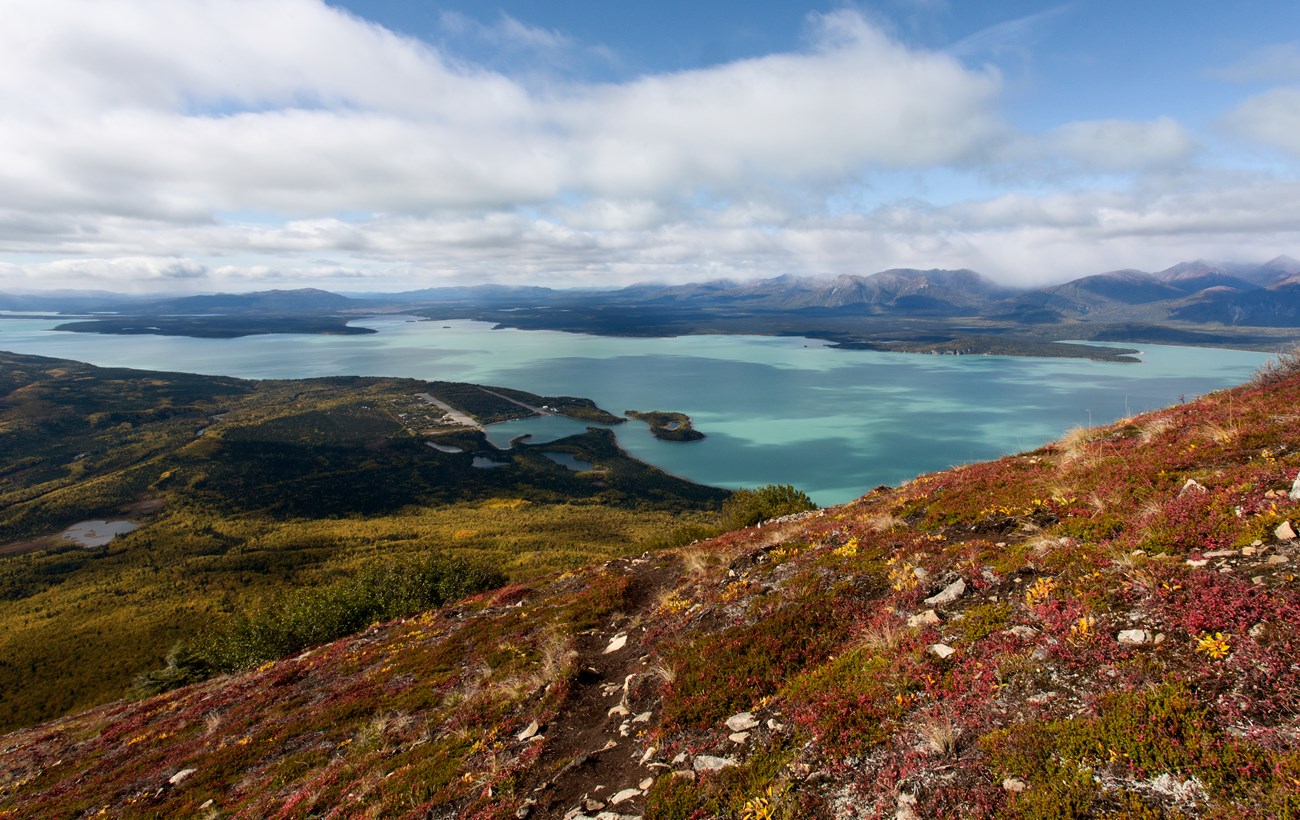
NPS/ T. Vaughn Natural HistoryLake Clark was formed by glaciers more than ten thousand (10,000) years ago during the close of the last ice age. During this period of warming, glaciers and ice fields rapidly melted, carving away at the bedrock underneath. This left deep crevasses in the earth creating mountains and valleys. Some of these valleys have filled with water and are now lakes. 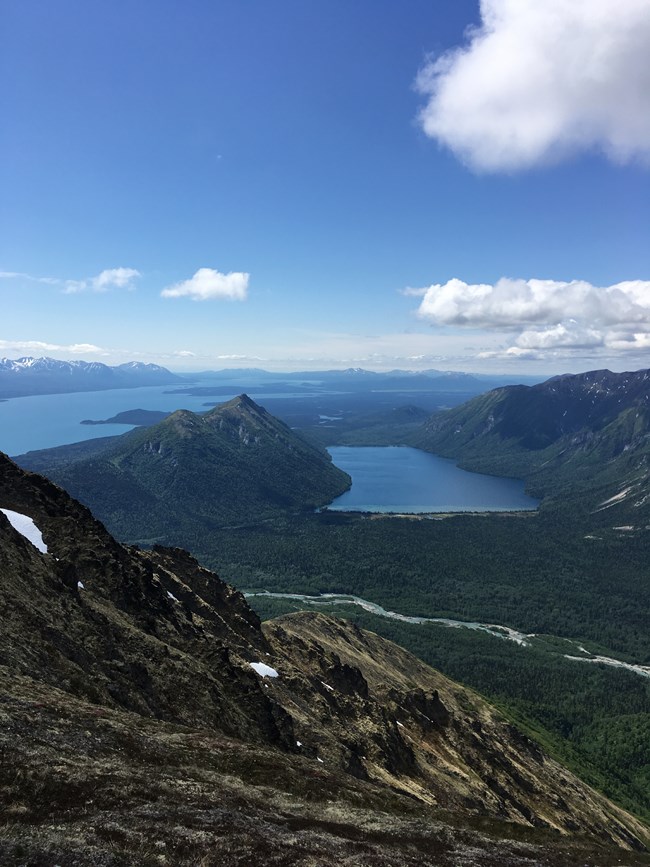
NPS/ E. Audette Cultural HistoryA Place Where People GatherLake Clark is rich in human history. The first human settlers came to the region shortly after the close of the ice age, more than 10,000 years ago. Early humans came to this area because of its rich resources, including salmon, caribou, moose, and edible plants. Many plants and animals are still harvested today. One of the largest early human villages was situated on Lake Clark and was called Qizhjeh 'place people gather.' The lake was referred to as Qizhjeh Vena, 'place people gather lake.' The village of Qizhjeh was a bustling hub of human activity. For nearly 900 years, Qizhjeh thrived on the shores of Qizhjeh Vena. The resources of Qishjeh Vena supported the village's needs for food and water. The Dena'ina people of Qizhjeh established strong cultural connections to the land, water, and wildlife. Qizhjeh was a sprawlling village covering more than 25 acres of land. People traveled from around the region to connect in Qizhjeh to trade. Well established routes between Qizhjeh and villages to the west, north, and east connected local communities in the region and facilitated trade. European American settlers started to inhabit the areas around Qizhjeh in the late 1800's. In 1902 residents of Qizhjeh fell sick with a flu-measles epidemic. Survivors of the outbreak left Qizjheh for Old Nondalton, 25 miles to the southwest. Qizhjeh was completely abandoned by 1909. Today Qizhjeh, also known as historic Kijik Village, is a National Historic Landmark managed by Lake Clark National Park and Preserve. 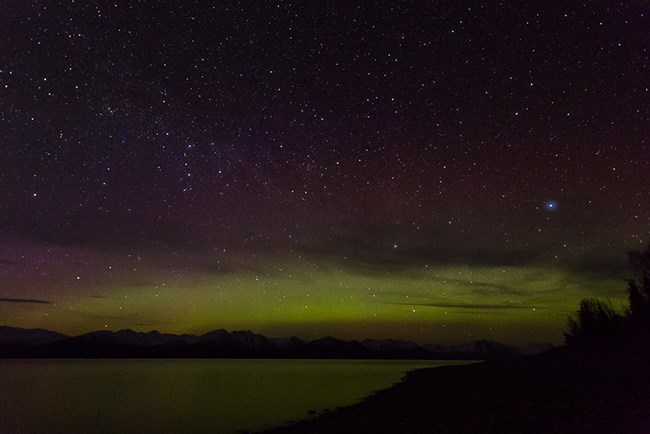
NPS/ T. Vaughn A Place People Still GatherQizhjeh Vena (Lake Clark) todayToday, there are still people inhabiting the area around Lake Clark. Villages like Nondalton, Port Alsworth, and privately owned cabins around the lake boast a population of around 300 (according to the 2010 census). The lake and its resources are still used by Dena'ina people today as well as non-Dena'ina people living and subsisting around the lake. Lake Clark Quick Facts
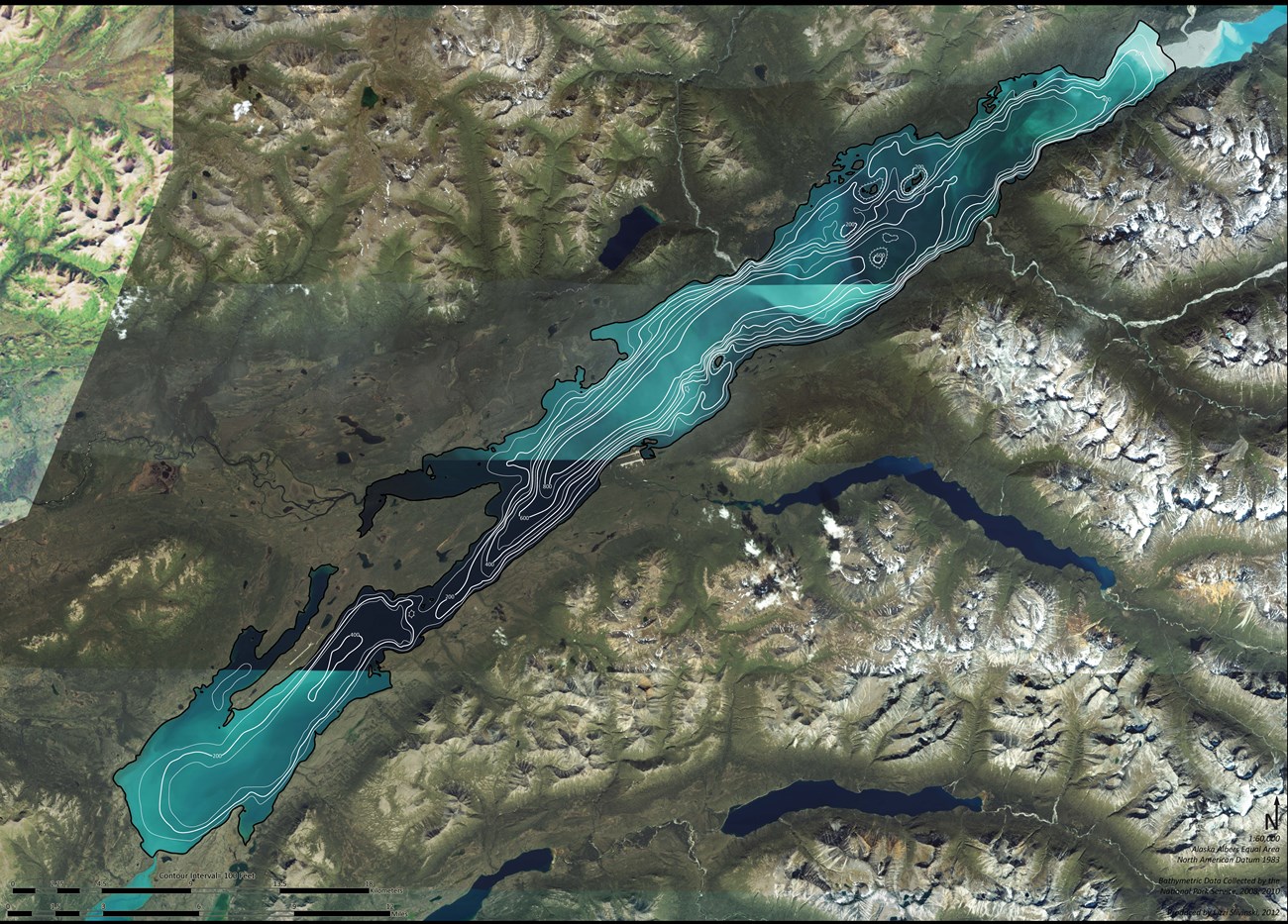
NPS 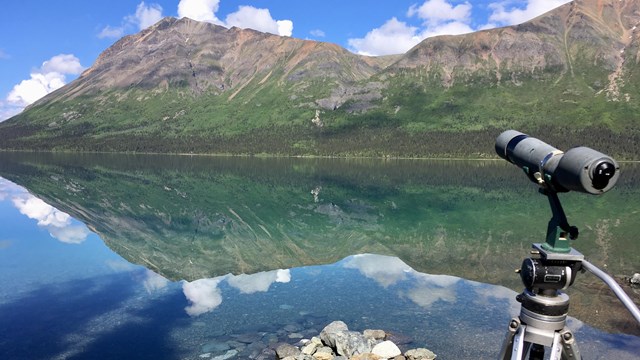
Basic Trip Planning
Find information about fees, passes, permits, reservations, operating hours and seasons, current conditions, weather, and pet policies. 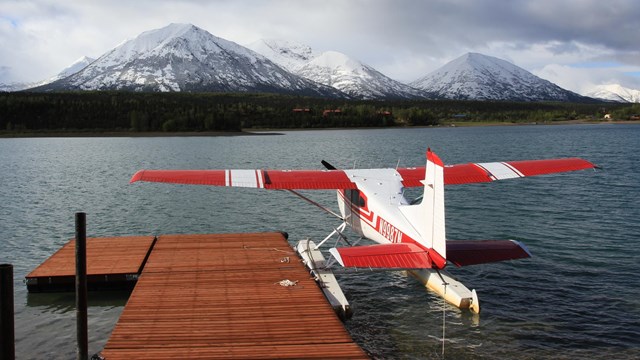
Port Alsworth
Port Alsworth offers visitor services such as lodging, air taxis, guide services, gear rentals, post office, and park visitor center. 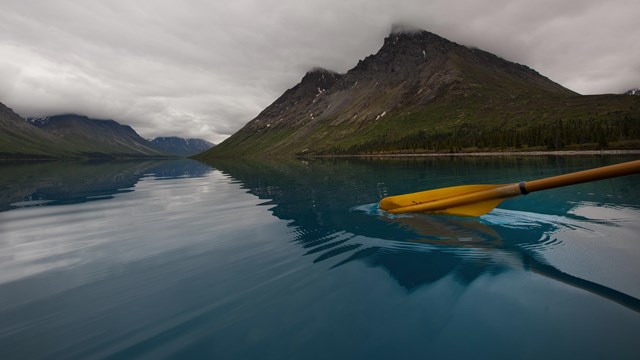
Things to Do
Wilderness adventure is easy to find in Lake Clark. These suggestions may help you figure out what you want your adventure to be. |
Last updated: April 1, 2025
